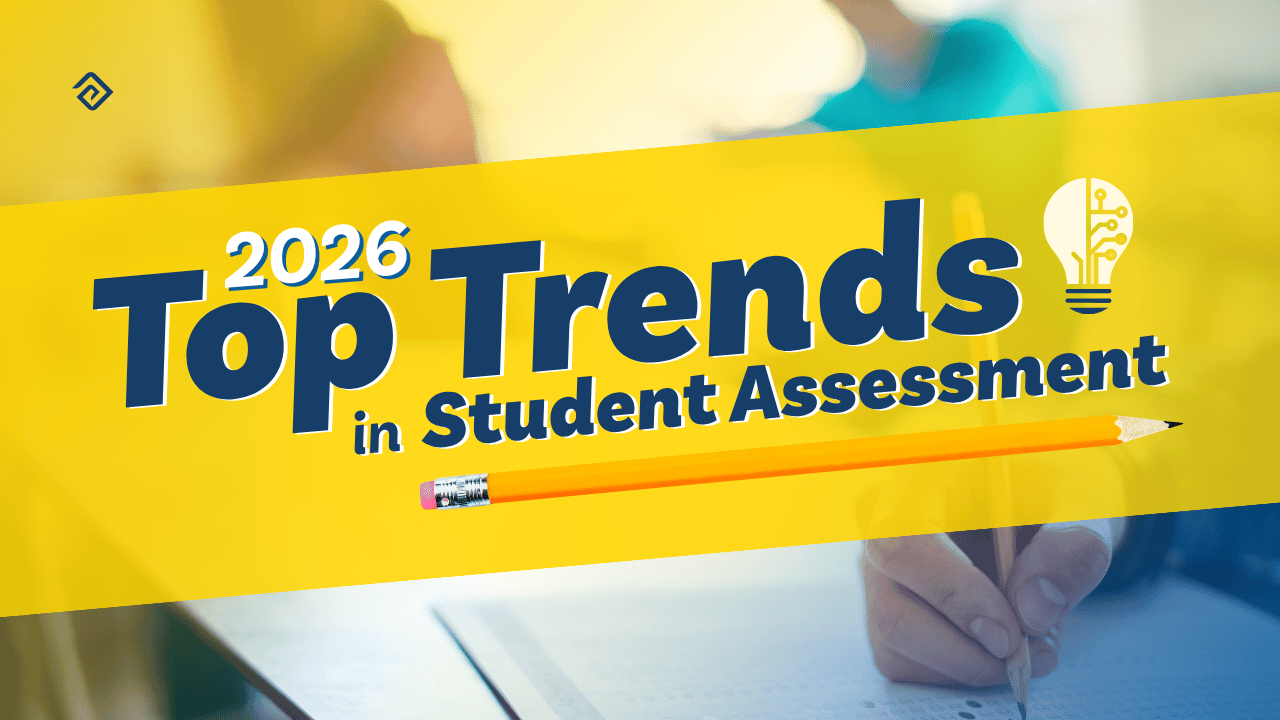Making the Most of CCMR Outcomes Bonus Funding: A Guide for Superintendents and School Administrators
As leaders in education, superintendents and school administrators play a pivotal role in shaping the future success of students. The College, Career, and Military Readiness (CCMR) Outcomes Bonus, established by House Bill 3 (HB 3) of the 86th Texas Legislature, is a powerful tool to support districts in aligning with Texas’s 60x30 goals.
These bonuses reward districts for their innovation and achievement in preparing students for postsecondary education, careers, or military enlistment. Here's how you can ensure your district maximizes the impact of these funds.

What is House Bill 3?
House Bill 3 (HB 3) is a significant piece of education legislation passed in Texas in 2019 that overhauled public school finance and accountability systems. Its goals included increasing funding for public education, addressing teacher pay, and providing property tax relief.
Key Provisions Include:
- Increased Education Funding
- Increased funding weights for economically disadvantaged and English Language Learner (ELL) students, as well as those in rural areas.
- Outcomes-Based Funding to Incentivize school districts to meet college, career, and military readiness goals by providing additional funding based on student outcomes.
- Teacher and Staff Pay requiring districts to use 30% of new funding to increase compensation for teachers, librarians, nurses, and counselors, with a focus on those with more than five years of experience.
- Reduced school district property tax rates to alleviate the financial burden on taxpayers.
- Mandated full-day prekindergarten for eligible 4-year-old students to support early learning.
- Invested in teacher development, merit-based pay, and resources for students requiring additional support, including dyslexia and special education programs
- Increased accountability for school spending and implemented measures to ensure funds were used effectively.
HB 3 aimed to address long-standing issues in Texas' school finance system while focusing on equity, quality, and results. For more details, visit the HB 3 FAQs.
What is Texas 60X30?
Texas 60x30 (also known as 60x30TX) is a strategic higher education initiative by the Texas Higher Education Coordinating Board (THECB) aimed at ensuring that 60% of Texans aged 25-34 hold a postsecondary credential by the year 2030. The program was launched in 2015 to address the state’s economic and workforce needs by increasing educational attainment among its population.
Key Goals Include:
- Achieve the overarching goal of 60% of Texans aged 25-34 earning a certificate, associate degree, bachelor's degree, or higher by 2030.
- Increase the number of students completing a postsecondary credential from a Texas institution of higher education.
- Ensure that all graduates from Texas institutions have marketable skills to help them succeed in the workforce.
- Limit undergraduate student loan debt so that it does not exceed 60% of a graduate's first-year wage in Texas.
This initiative aligns with the growing demand for a highly skilled workforce. Texas faces increasing challenges due to population growth, technological advances, and evolving job markets. By improving educational attainment, the program supports the state’s economic competitiveness and ensures individuals can achieve higher earning potential.
What is the CCMR Outcomes Bonus?
The CCMR Outcomes Bonus provides annual funding to districts for exceeding specific performance thresholds for graduates in three groups:
- Economically Disadvantaged: $5,000 per qualifying student
- Non-Economically Disadvantaged: $3,000 per qualifying student
- Students Served in Special Education Programs: $2,000 regardless of whether student is economically disadvantaged
Thresholds are determined to ensure equity and reflect the 25th percentile of performance statewide.
Purpose of Funds
The CCMR Outcomes Bonus is designed to:
- Reward districts for preparing students for postsecondary success.
- Encourage students to enroll in higher education, complete credentials, or enlist in the military.
Spending Guidelines
- Minimum Requirement - HB 3 mandates that 55% of CCMR Outcomes Bonus funds must be spent on students in grades 8–12 for activities directly related to college, career, or military readiness.
- Remaining Funds - Once the 55% threshold is met, districts have the flexibility to allocate the remaining funds based on their priorities.
Allowable Uses of Funds
1. Teacher Training and Professional Development
- Professional development on AP, IB, dual credit, ACT/SAT prep, and other CCMR-related topics.
- Stipends for teachers writing curriculum or engaging in collaborative planning.
- Substitutes for teachers attending training or planning sessions.
2. Student Preparation for CCMR Content
- Study guides and test preparation materials for ACT, SAT, TSIA, and ASVAB.
- Costs for advanced placement (AP, IB) and dual-credit opportunities.
- Expenses related to earning industry-based certifications.
3. Counseling and Advising Services
- Career and college planning sessions for students.
- FAFSA workshops and college application support.
- Outreach activities to inform students and parents about CCMR opportunities.
4. Work-Based Learning (WBL) Opportunities
- Transportation for internships and work-site visits.
- Employability skills training and lessons.
- Contracts for intermediaries to manage student work experiences.
5. Career and Technical Education (CTE) and Industry-Based Certification (IBC)
- Pre-certification assessments and travel to testing centers.
- Community sessions promoting certification opportunities.
6. College and Career Readiness School Models (CCRSM)
- Pre-planning and exploration activities for CCRSM programs.
- Operating expenses, including salaries, utilities, and instructional materials.
- Partnerships with colleges and businesses to expand CCRSM offerings.

Strategic Tips for Superintendents and Administrators
1. Align Initiatives with District Goals
Use CCMR funds to support strategic priorities, such as increasing college enrollment rates, expanding CTE programs, or boosting SAT/ACT performance.
2. Engage Stakeholders
Collaborate with teachers, counselors, and community partners to identify high-impact opportunities for students.
3. Monitor and Evaluate Impact
Implement systems to track the effectiveness of funded activities, ensuring they contribute to meeting CCMR thresholds. Utilizing a powerful tool like Pathways ensures that students are on track and allows the district to capture the additional bonus funding.
4. Leverage Flexibility
After meeting the 55% requirement, consider innovative uses for remaining funds to address unique district needs, like the purchase of a graduation tracking and CCMR tool.
Pathways: An Allowable Expense for CCMR Outcomes Bonus Funding
Pathways, powered by Education Advanced, Inc., is a graduation tracking tool that allows administrators and counselors to efficiently create, monitor, and analyze graduation pathways to ensure secondary students are on track to graduate. Pathways ensures the accuracy of student data through a feed with the district student information system, which saves time and reduces the administrative burden for counselors and administrators.
Pathways is allowable for CCMR Outcomes Bonus Funding as an expense incurred to prepare students for an opportunity to meet the measures tied to the CCMR Outcome Bonus as a software / subscription in these specific areas:
- Counseling and Advising Services
- College and Career Readiness School Model
By utilizing Pathways to identify specific student needs, districts can take actionable steps to increase CCMR Outcomes Bonus Funding. This investment in ensuring every student is prepared for college, a fulfilling career, or military service not only boosts student outcomes but also strengthens the broader community.
Let’s make every dollar count for our students’ futures!
More Great Content
We know you'll love




